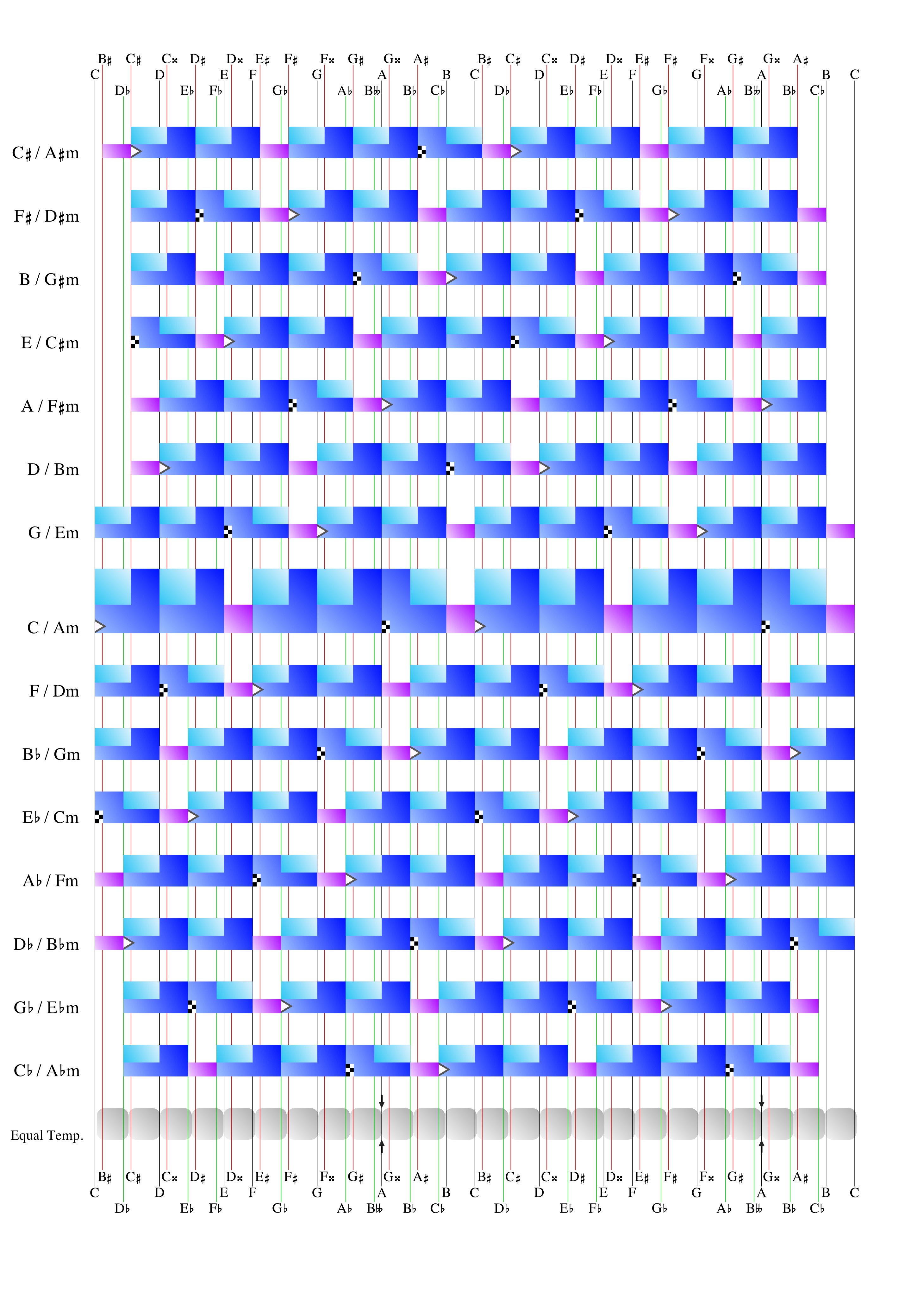Just a quickie, Paolo.
It seems you're now discovering for yourself the first big problem I encountered in 2001 when I first got busy with OI. MIDI Fine Tuning - or Detune - is not very well pinned down in the MIDI Specification. Many virtual instruments - and the hardware synths and samplers of yesteryear - have gone their own idiosyncratic ways in implementing and calibrating MIDI Fine Tuning; and some, not at all. Trying to use MIDI Fine Tuning, as you've noticed, is a waste of time in Kontakt, for example. It soon became painfully obvious to me it was not the path to take.
Also, .tun microtuning files have the show-stopping disadvantage of being subject to slow-boat-to-China loading speed in operating systems; it's definitely not a real-time facility - although (if I recall correctly) Kontakt does offer the possibility of pre-loading a small array of microtuning files ready for real-time selection.
I came to realise that 14 bit Pitchbend, being much more tightly defined in the MIDI Spec, is the most reliably convenient and accurate way of fine tuning the vast majority of virtual instruments. However, it's still not universally available; I know that some Spitfire libraries, for example, tend to block external Pitchbend input.
As for the recent additions to the MIDI Spec on microtuning, I find them way too heavy-handed and not particularly useful.
Anyway, hope you keep us posted on your battles to solve this primary big problem.
